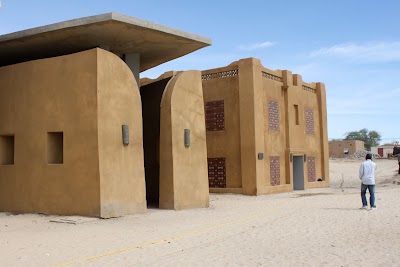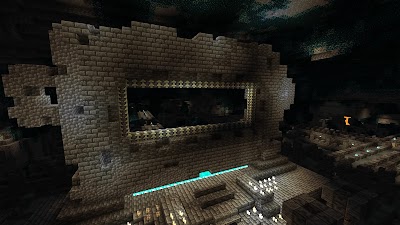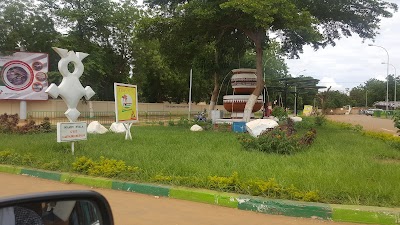Essouk-Tadmakka Ancient Site (Site Ancien d'Essouk-Tadmakka)
Overview
The Ruins of Medieval Tadmekka, also known as Essouk-Tadmakka, are located in the stunning Taoudénit Region of Mali. These ancient remnants narrate the compelling tale of a once-thriving city that was integral to the trans-Saharan trade during the medieval era. Established around the 8th century, Tadmekka emerged as a vital waypoint for traders transporting valuable goods between North Africa and West Africa.
The architecture of Tadmekka stands as a testament to the ingenuity of its early inhabitants. Most structures were constructed using local materials such as mud bricks (known as banco), stone, and wood. This method of building was not only practical but also efficient, providing excellent insulation against the harsh desert heat. The cityscape included a variety of structures—homes, mosques, and public buildings—each designed to cater to the needs of a bustling urban environment.
As Tadmekka flourished, it transformed into a vibrant melting pot of cultures and a bustling hub of commerce. The city’s markets brimmed with an array of goods from distant regions: gold, salt, copper, and ivory from sub-Saharan Africa, alongside textiles, beads, and metalwork from the Mediterranean. This dynamic exchange of products contributed to Tadmekka's status as one of the most prosperous and influential cities within the trans-Saharan trade network.
Beyond commerce, Tadmekka was also a notable center of Islamic scholarship and culture. Scholars traveled from far and wide to study and share knowledge in the city. The presence of mosques and madrassas (Islamic schools) underscored the significance of religious and educational endeavors. Manuscripts from this period reveal a society deeply engaged in the intellectual pursuits of Islam, showcasing the city’s rich cultural heritage.
The decline of Tadmekka began in the late 15th century, primarily due to shifts in trade routes and the emergence of other powerful West African empires, such as Songhai. Additionally, the encroachment of the Sahelian climate, marked by increasing desertification, made life and commerce increasingly challenging. Gradually, the population dwindled, leaving behind the structures that would eventually succumb to the sands of time.
Extensive archaeological studies at Tadmekka have unveiled remarkable insights into its history. Excavations have uncovered remnants of pottery, metalwork, and various artifacts that shed light on daily life in this medieval city. Researchers have also discovered evidence of urban planning, with well-defined roads and pathways indicating a sophisticated settlement layout.
Today, the ruins of Tadmekka stand as a poignant reminder of the city’s illustrious past. Visitors can still trace the outlines of walls and buildings, envisioning the once-bustling streets filled with traders, scholars, and travelers. The site continues to attract archaeologists and historians eager to uncover more secrets of this historically significant location.
Efforts are underway to preserve the site, acknowledging its importance not only to Mali but also to the world as a remarkable example of medieval urbanism and trade. The story of Tadmekka, from its rise as a commercial and scholarly hub to its eventual decline, serves as a profound reminder of the ever-evolving fortunes of human settlements.





